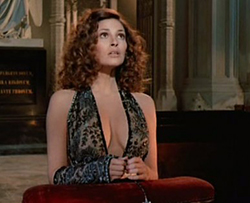
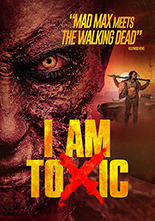 With its Americanized name change, I’ll admit I was more than ready to pass up I Am Toxic. But, still, the idea of Mad Max meeting The Walking Dead, per Hollywood News’ cover blurb, piqued my interest enough to give it, at the very least, a 10-minute viewing just to test the diseased waters.
With its Americanized name change, I’ll admit I was more than ready to pass up I Am Toxic. But, still, the idea of Mad Max meeting The Walking Dead, per Hollywood News’ cover blurb, piqued my interest enough to give it, at the very least, a 10-minute viewing just to test the diseased waters.
Seconds after popping it in, however, it became evident the film’s original title was Soy Tóxico and, even better, it was from Argentina. Realizing this wasn’t the same straight-to-video dreck I’m used to, I stuck around a bit longer. And the longer I stuck in, the more I got sucked into this brutal world of disease and death, not in that order.
It’s way in the future and the southern hemisphere has become one large garbage dump. A haggard man wakes up in the middle of a pile of corpses, unable to remember who he is or what he’s doing there. As he’s attacked by sun-beaten corpses, he’s momentarily rescued by an old scavenger in a tricked-out apocalypse-mobile.
The old scavenger takes him to his walled-in dump of a living situation with his two sons and, supposedly, a daughter. Of course, the nameless man is immediately taken prisoner and always on the verge of death; with a tattoo on his wrist providing the only key to his future, he starts to remember things as he goes through changes, mostly in his face.
With a final act that ties it all together ’til it bleeds, I Am Toxic is directed by Pablo Parés. With a seemingly shoestring budget, he’s able to turn what could have been a nonsensical mess into a rather pulse-pounding zombie (if they even are zombies) flick with only a handful of characters and even fewer locations. —Louis Fowler

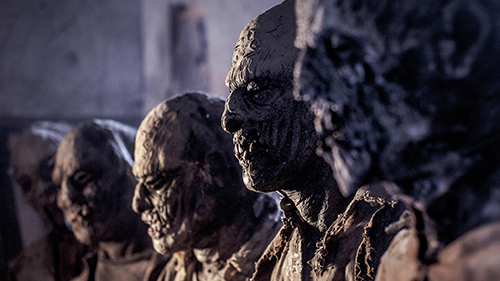

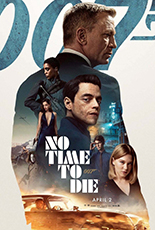 In the opening moments of No Time to Die, Daniel Craig’s fifth and final time as James Bond, the iconic spy visits the grave of Vesper Lynd, the woman who died for his love. Because Eva Green’s Vesper had a hand in 2006’s
In the opening moments of No Time to Die, Daniel Craig’s fifth and final time as James Bond, the iconic spy visits the grave of Vesper Lynd, the woman who died for his love. Because Eva Green’s Vesper had a hand in 2006’s 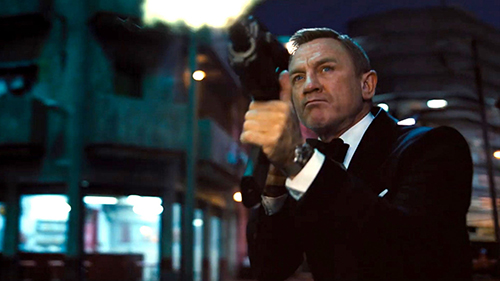
 While much hype surrounds No Time to Die being not only Craig’s last time in the tux, but the 25th official film in the series, I’ve seen no writing on the wall regarding its stature as the franchise’s longest entry, at an eon of 163 minutes. Truth be told, its machinations run a level or two too complex than necessary.
While much hype surrounds No Time to Die being not only Craig’s last time in the tux, but the 25th official film in the series, I’ve seen no writing on the wall regarding its stature as the franchise’s longest entry, at an eon of 163 minutes. Truth be told, its machinations run a level or two too complex than necessary.


